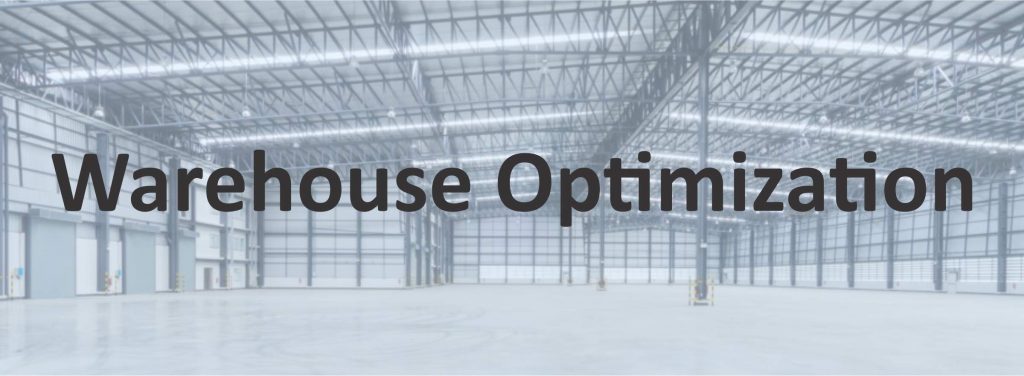
Warehouse Optimization
by N. Jayendran, Chief Technology Officer and B. Balasubramanian, Deputy General Manager, Business Excellence & Implementation.
The primary function of any warehouse is to manage the processes around receiving, put-away, storage, pick, pack and dispatch of goods safely and in secured manner. A warehouse plays an essential role between the Demand and Supply. Warehouses are constantly faced with expectations; Inventory accuracy, Utilization of space, short through-put times and quick response. Timeliness, Precision and efficiency are factors that define warehouse performance.
“Optimization” is key to the efficient and successful operation of a warehouse. An “Optimized” warehouse saves time and space, helps right utilization of space, reduces human hours and cost, minimizes errors, mis-ships, returns and stock-outs, avoids accidents and still provides high transparency and flexibility around the above processes and offers high degree of management and customer satisfaction. Optimizing a warehouse is tantamount to optimizing the space and time which is addressed by optimizing the process and its flow.
Optimization of a warehouse is effected at broadly two levels; Physical and Operational. A well thought out lay-out, considering the choice of racks and levels, aisles, material handling systems, the travel distance etc., is key to warehouse optimization. At an operational level, the put-away and picking policies and the agility of re-defining them as needed, define the extent of optimization. Choice of put-away policies such as “Random” or “Dedicated” locations, Class-based (based on pick frequency of items), Family grouping (grouping similar products) etc., play a key role. Picking strategies that reduce the travel distance and time, are defined to optimize the pick path routing, also considering possibilities of batch picking (combining multiple sales orders).
Warehouses leverage technology-software and allied systems, and automation. Technology plays an important enabling and enhancing role in the operations and management of a warehouse. The technology eco-system, broadly, comprises of Warehouse Management and Control Systems. It provides for Identification (using barcodes, RFIDs etc.), Control (to define operational policies and ensure adherence, to perform complex activities like resource scheduling and route / pick-path optimizing etc.), Information (about goods, their storage locations, status, about the handling equipment and their performance, about workforce and their performance etc.) and Integration (integrating various systems as above along with external systems to work together seamlessly). Automation (conveyors, sorters, Storage and Retrieval Systems, IoT sensors, packing automation etc.) helps eliminate repetitive travel and minimize ‘number of touches’ and “double handling” of inventory.
Technology and Automation when integrated well, with a good layout and design; help in minimizing put-away- pick- pack-dispatch times, improves accuracy levels greatly and rationalizes use of manpower while enhancing productivity.
Safety and Hygiene, of course, are underlying fundamentals of a warehouse. An optimized warehouse is marked by how an organization orchestrates its resources; machines and workforce to satisfy every customer by timely delivery, through shortest possible time within the warehouse with minimal cost, by utilizing the resources optimally under dynamic conditions. Streamlining the flow, automating and standardizing and continual improvement is the essence.